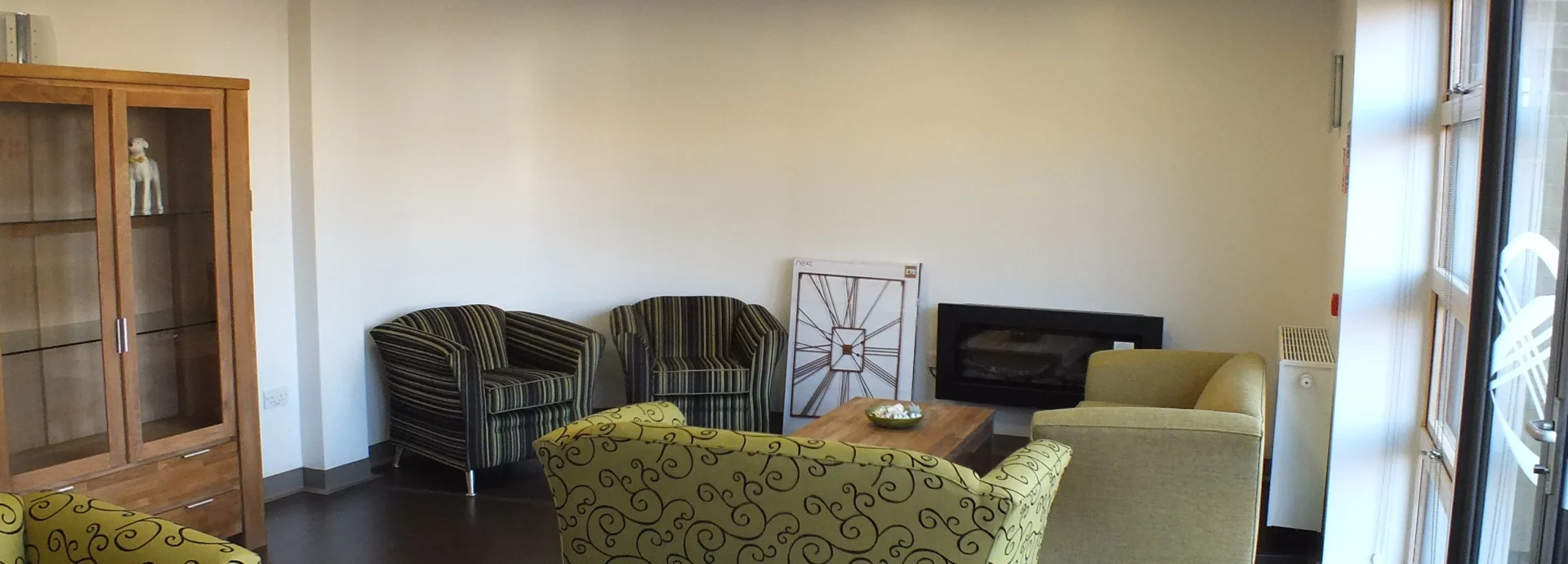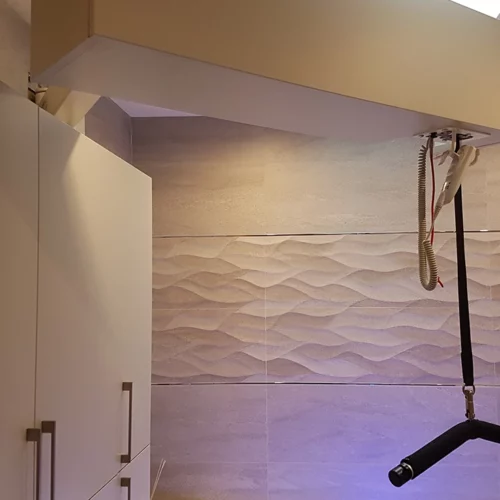We can go on for hours about the importance of palliative care, and we’re sure that any hospice could do the exact same. But recently we’ve been taking a look at something called Rehabilitative Palliative Care, which might sound a little contradictory, but is actually very interesting. Rehabilitation in end of life care is becoming a more prominent topic as time goes on, and there has even been research conducted on the prospective effects it may have in the long run. But what is it? How will it help? And how we can incorporate it into our current care?
What does Rehabilitative Palliative Care even mean?
We understand how it can be a bit confusing; rehabilitation is used to get someone back on their feet so to say. It promotes independence and self-care, therefore making it easier for someone to take care of themselves and eventually achieve recovery — an idea that doesn’t quite fit with end of life care.
However, Rehabilitative Palliative Care uses treatment which enables the individual to allow them to live as independently and self-sufficiently as possible before death. For example, if someone is terminally ill, Rehabilitative Palliative Care gives them the opportunity to focus on living life as much or as normally as possible without worrying about becoming bedridden, or a burden.
Why is Rehabilitative Palliative Care important?
A large amount of research has already been conducted on this topic, and particularly the reasons why it is necessary. Interestingly, those who are terminally ill aren’t hugely concerned with dying — instead, they’re more focused on maintaining a normal life with their daily duties and routines for as long as possible (Carter et al., 2004). It’s understandable that these individuals want to be seen as normal, not ill. By keeping their responsibilities and routines, it helps to preserve a certain amount of dignity, independence, and control in a situation that is completely involuntary.
Rehabilitative Palliative Care is also important for the longevity of palliative care on the whole. The number of people with chronic illnesses is increasing, and therefore the number of people with terminal illnesses is also going up. Studies suggest that there are currently 15 million people in the UK who have one or more chronic conditions; and from 2012 to 2018, the number of those with three or more long-term illnesses is expected to rise by two-thirds (Department of Health, 2012). With the reliance on hospices and other palliative care facilities expected to spike, adopting Rehabilitative Palliative Care techniques and practices is more important than ever.
What can we do to help create a more rehabilitative atmosphere?
You can take steps and start implementing Rehabilitative Palliative Care on a more basic basis simply with your choice of equipment. We believe that to keep in line with the person’s wishes of being perceived as ‘normal’ and not ill, having a homely, non-clinical environment will help drastically. The person may require more specialist equipment, but that doesn’t necessarily mean that it has to be unsightly and designed purely for function.
One item that we find is very popular in both rehabilitative and palliative care environments is the Liberta profiling bed. This is a particularly subtle bed that includes profiling abilities to keep the user comfortable and supported. It’s also equipped with mesh side panels that can be set at any height to prevent falls from bed. Alternatively, these side panels can also be hidden away when they’re not needed, keeping the bed looking as comfy and cosy as possible.
Similarly, the Arene Mk II chair is just as subtle and supportive. It’s a rise and recline chair that comes in a variety of fabrics and finishes that will blend in with any decor to maintain a homely, cosy feel. The Arene can come equipped with a touch-operated reading light, tablet holder, and USB charging port, giving the user the ability to continue their daily hobbies and interests with ease and dignity.
Another thing to consider which will help with rehabilitative purposes is a hoisting system. Hoists are now regularly used to help with physiotherapy as well as moving and handling, but typical hoisting systems tend to give a more mechanical and clinical feel to a room. But a hidden hoist system may provide the perfect amount of support to the individual without any obtrusive presence in the room. The Integralift can provide just that. It’s a hoist system that folds in and out of a cupboard, providing comfortable, safe transfers when needed. Take a closer look at how it works in this video.
Rehabilitative Palliative Care certainly is a very interesting topic, and it seems to have numerous benefits for terminally ill individuals who wish to maintain a good quality of life. Taking steps towards creating an environment that facilitates rehabilitative practices doesn’t have to be so hard, and taking a look at your equipment is a good place to start. Please get in touch with us if you want to find out more about how you can help to make your hospice or care home more rehabilitative for terminally ill residents.
References
Carter H, Macleod R, Brander P, McPherson K. ‘Living with a terminal illness: patients’ priorities’, Journal of Advanced Nursing, 2004. 611-620.
Department of Health. Long-term conditions compendium of information, 2012.


